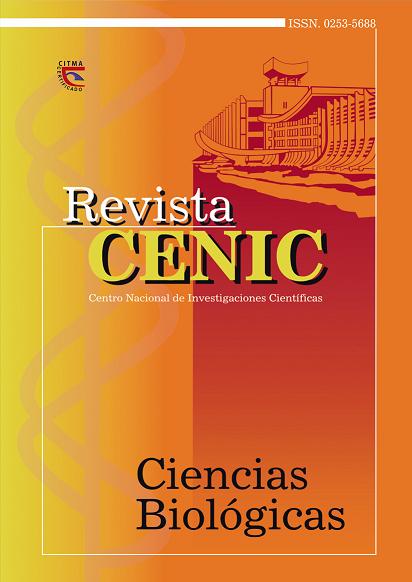Transit mechanism from obesity to cancer
Keywords:
obesity, cancer, lipids, insulin resistance, met inflammation, leptin, adiponectinAbstract
According to WHO Cancer and Obesity are increasing in an epidemic way. The question whether the two chronic illnesses are related is important in order to implement strategies to reduce mortality caused from both sides. The aim of this review was to interpret possible mechanisms linking obesity and cancer. Epidemiologic studies which were analyzed suggested that obesity was a risk factor in some cancers such as post-menopausal breast cancer, colon, oesophagus and endometrium. Going deep into the mechanisms bridging obesity and cancer four basic explanations we found: 1) lipids in excess serving as fuel for cancer cells and novo lipid formation acting as signalling of cancer cell growth; 2) met- inflammation of lipid tissue producing cytokines which could promote cancer cell growth and apoptosis block; 3) Insulin resistance and metabolic syndrome of overweight persons with insuline like growth factors favouring cancer cell growth; 4) leptin resistance syndrome and adiponectin reductions influencing cancer development including methastasis. In conclusion: (1) the uncovering of four basic mechanisms linking obesity and cancer is an initial step that must be followed by a more intense work searching for the (2) integration of these four basic proposals with other possibilities, among of them: the role in this picture of oxidative stress, emotion and neuroendocrine stress.Downloads
Downloads
Published
How to Cite
Issue
Section
License
Los autores que publican en esta revista están de acuerdo con los siguientes términos:
Los autores conservan los derechos de autor y garantizan a la revista el derecho de ser la primera publicación del trabajo al igual que licenciado bajo una Creative Commons Atribución-NoComercial-CompartirIgual 4.0 Internacional que permite a otros compartir el trabajo con un reconocimiento de la autoría del trabajo y la publicación inicial en esta revista.
Los autores pueden establecer por separado acuerdos adicionales para la distribución no exclusiva de la versión de la obra publicada en la revista (por ejemplo, situarlo en un repositorio institucional o publicarlo en un libro), con un reconocimiento de su publicación inicial en esta revista.
Se permite y se anima a los autores a difundir sus trabajos electrónicamente (por ejemplo, en repositorios institucionales o en su propio sitio web) antes y durante el proceso de envío, ya que puede dar lugar a intercambios productivos, así como a una citación más temprana y mayor de los trabajos publicados (Véase The Effect of Open Access) (en inglés).















